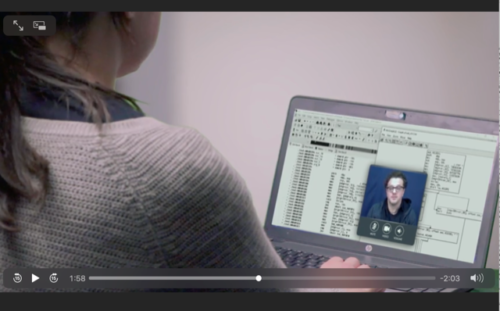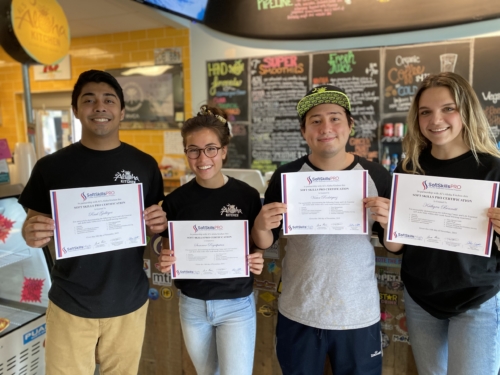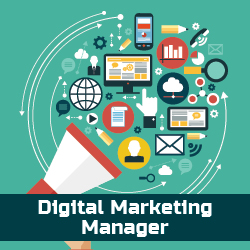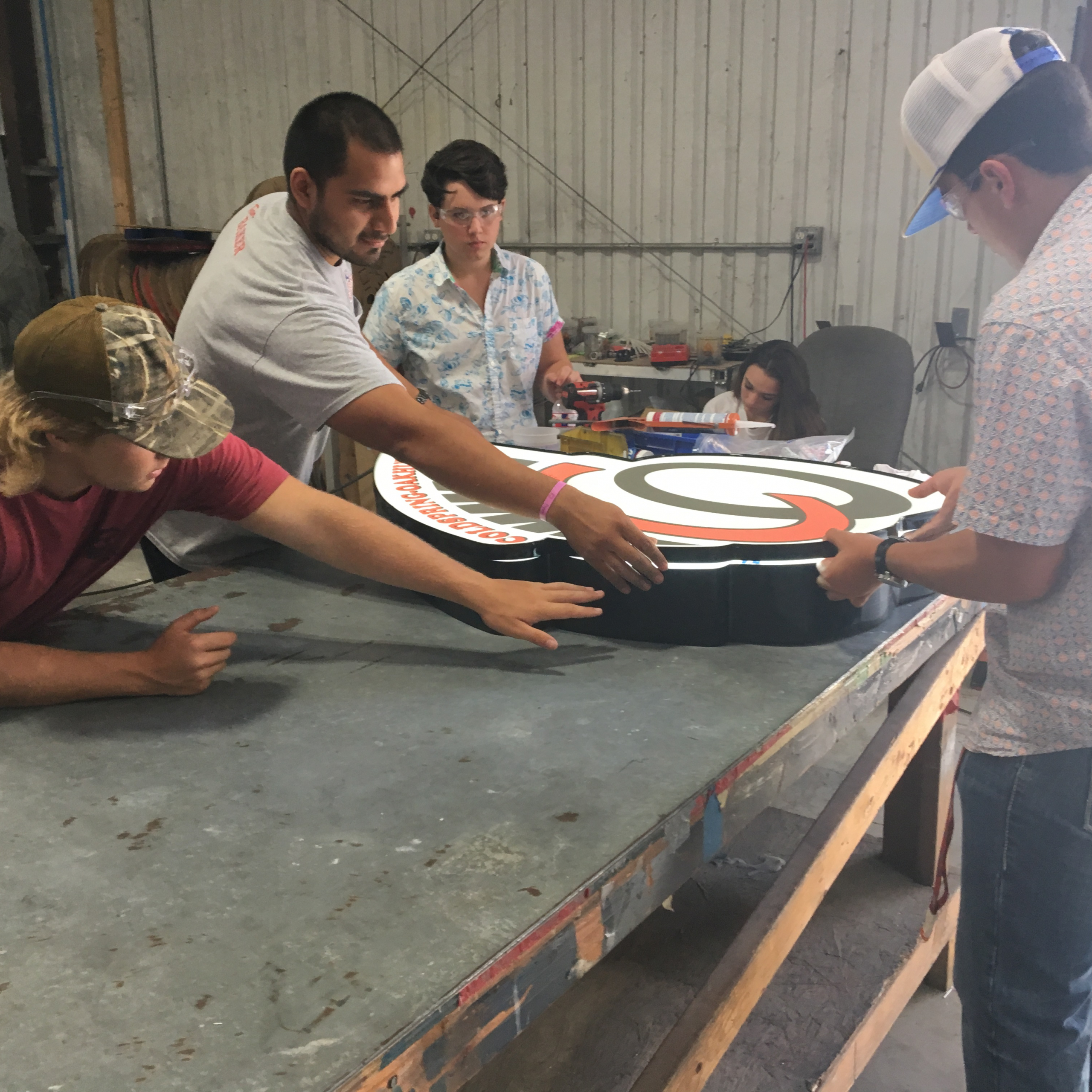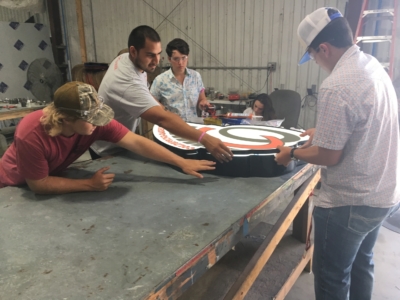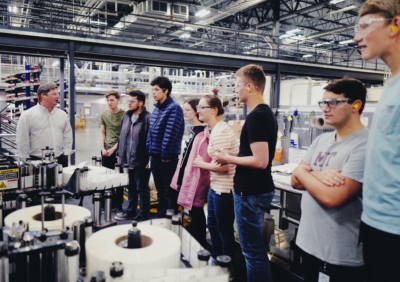With support from Xello, ACTE launched the third brief in its student career development series, Unifying Your District: Collaborating to Support Student Career Development. Patrick Akos, professor and school counseling program coordinator at the University of North Carolina at Chapel Hill, wrote:
“People are the most powerful force within any school district. When individuals unite around common goals, results tend to follow. But collaboration does not happen in a vacuum; it is a learned skill that requires effort, commitment and persistence.”
Professional learning communities inspire collaboration.
What it is and how collaboration works in the education setting can be a bit murky. But research is emerging about the effectiveness of professional learning communities (PLCs). PLCs hold regular meetings to discuss, plan and evaluate goals for student success. Here, we assert that the development of PLCs may help unify the efforts of school counselors and career and technical education (CTE) program leaders.
Contemporary school counselors receive “explicit and implicit messages on ‘college for all’ (Nicola, 2020) … [They] have minimal experience in CTE (Grewe, 2019), unaware that CTE is career and college preparation (Todd, 2017). They may have less time with students than teachers due to student-counselor ratios.
Additionally, while middle school counselors reported finding value in career and technical education, only 27% of middle school counselors made connections to CTE coursework.
ACTE and the American School Counselors Association agree, there is strong value in collaboration. But more work must be done to enhance collaboration among the CTE educators and school counselors in your local learning community.
CTE teachers collaborate with school counselors.
In the Vancouver School District, in Washington, CTE and school counseling leaders make up the Career and College Ready Taskforce. Along with other key stakeholders, they “create resources, tools and support for college and career readiness efforts in the district. They promote local (e.g., FutureMe) and other virtual resources (e.g., Xello). And they support the three Es — enrollment, enlistment and/or employment — after high school.
“Collaboration like this, led at the district level, models expectations for the building level.”
Get started.
- Build relationships. This will take time, but successful collaboration requires trust. Engage in “productive discussion with mutual respect. A healthy interdependence is needed.”
- Create goals around a shared vision: student career development. While traditional postsecondary outcomes have sometimes seemed at odds with workforce readiness, CTE stakeholders understand these ideals must work together. “Social, emotional and academic development influence career readiness, just as … career readiness and planning affect academic engagement and motivation.”
- Develop curriculum that is relevant, appropriately sequenced and diverse. Project-based learning offers hands-on technical skill development, while also giving students an opportunity to see themselves in careers.
- Spread the word about CTE in your school community. Teachers and school counselors work together to craft positive messaging about rigorous CTE programs of study. Host virtual curriculum events, or work with digital media students to develop videos and promotional materials.
- Conduct regular assessments and evaluations to gauge program success. Learning outcomes offer valuable feedback on content and delivery and should influence program direction. Also, consider demographic data; reflect and design more equitable programming.
>nbsp;
Read the full brief sponsored by Xello — Unifying Your District: Collaborating to Support Student Career Development — to explore these and other best practices for collaboration about CTE educators and school counselors.
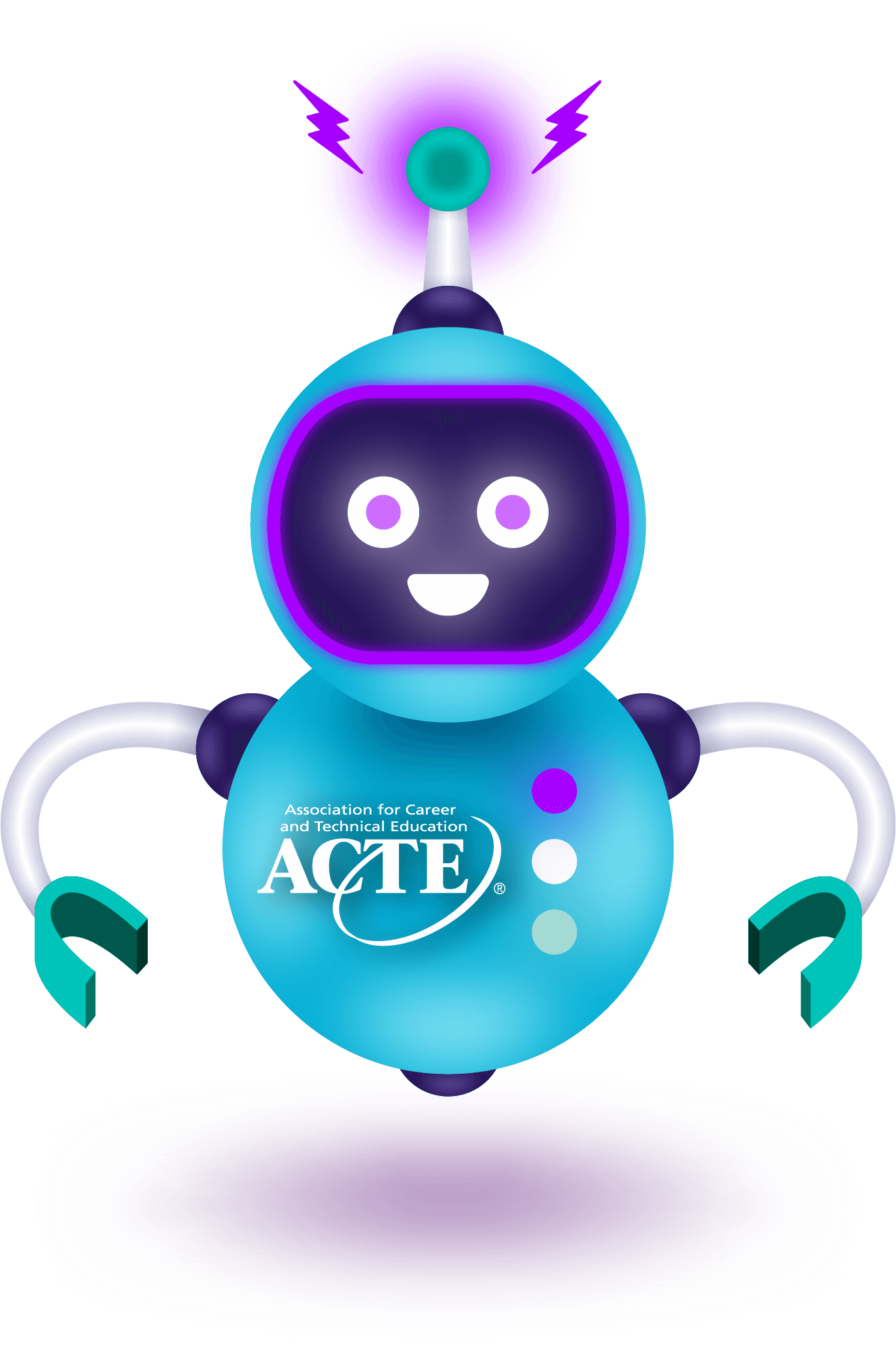



 In a time when in-person internships aren’t possible, virtual internships provide valuable, real-world experience from the safety of home.
In a time when in-person internships aren’t possible, virtual internships provide valuable, real-world experience from the safety of home.